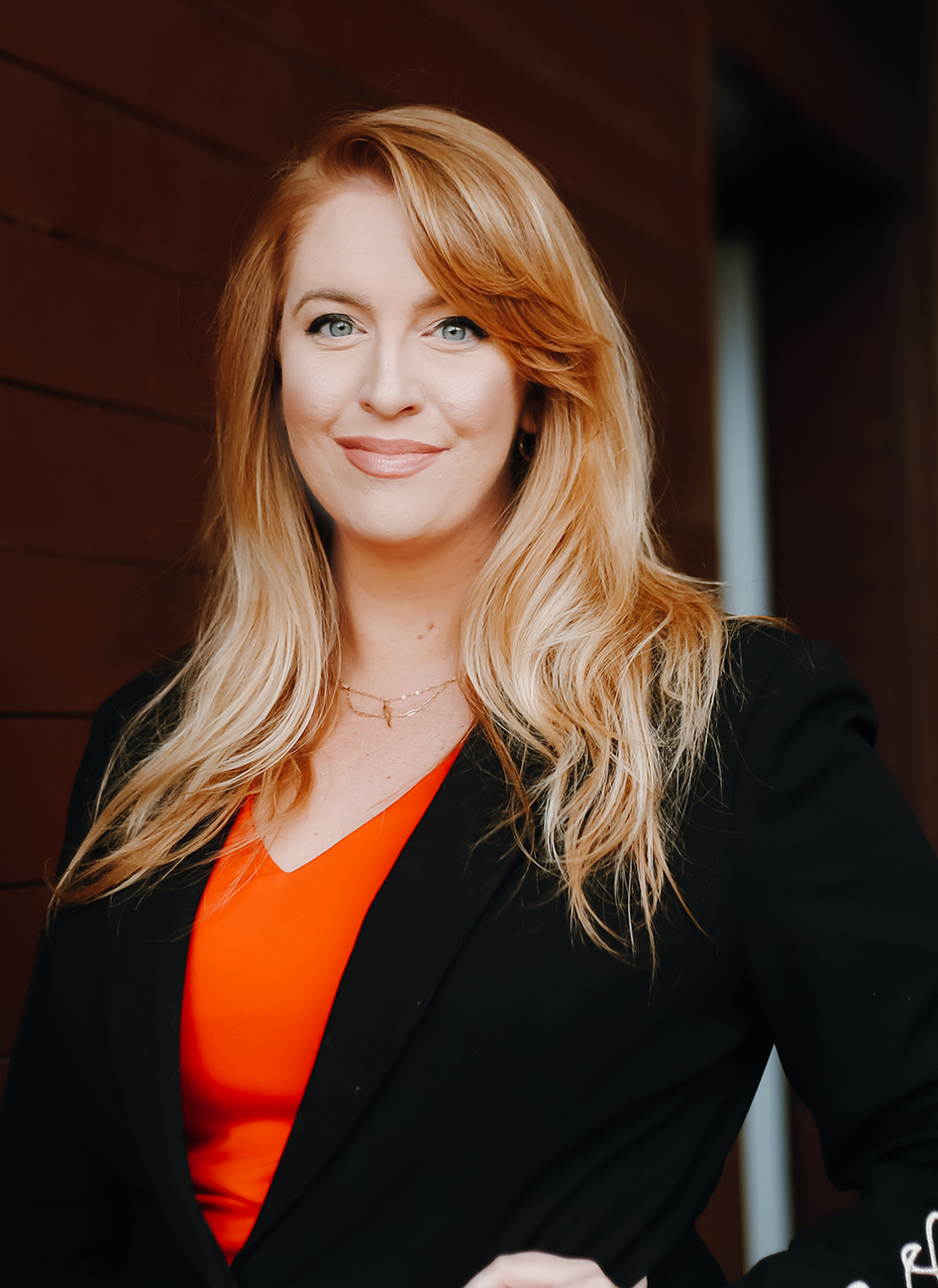May 25, 2021
The Art of Getting Put Back Together
Using the Lessons from the Pandemic to Inform Our Institution’s Future
By Courtney Ranaudo, Director of Marketing, Francis Parker School, San Diego CA
Editors Note: As part of our summer series, ISA invites guest contributors to our blog. This first entry is from a senior administrator at Francis Parker School in San Diego.
About two months ago, I sat in my office–from 7:30 am until 4 pm–for the first time in over a year. There were parts that felt refreshingly familiar: the tall-back ergonomic chair I ordered for myself years ago; the Keurig machine in the breakroom, still rocking mug after mug of Kirkland Pacific Bold; the sound of squeaky middle school laughter from students eating lunch outside my window.
With all of the comforting familiarity of being back on campus, however, those first weeks in the office were jarring, even awkward at times. As much as I was looking forward to life heading towards the “normal” direction, it was painfully obvious that I had irrevocably and permanently changed.
Two weeks after our school made the difficult decision to shut down in March 2020, I found out I was pregnant with my first child. I was elated, of course, but equally terrified: what kind of world would this child be born into? What would we need to do to ensure my safety, and the baby’s?
The sequential months of my pregnancy felt like something out of a doomsday movie: I only had a total of 5 in-person appointments the entire 40 weeks; my husband and I rarely stepped foot into a grocery or retail store, making sure to keep our outside contact as minimal as possible; I gave birth wearing a mask, during the worst of the pandemic, with everyone around me covered head-to-toe in PPE. At our first appointments with the pediatrician, an endless line of people wrapped around the hospital, trying to get tested for COVID.
When I arrived back at work after 4 months of maternity leave, I couldn’t help but feel like a puzzle that had been broken apart and clumsily thrown back together. I wanted so badly to be the picture I was familiar with, but I wasn’t anymore. I was a mix of two distinct individuals, like water and oil. The person who I was pre-March 2020, and now a brand new mom who spent the past year navigating pregnancy and parenthood amidst a global crisis.
I share all of this because I’d put money down that your institution is facing a similar transition as me. Students, parents, teachers, and administrators have all undergone their own version of being pulled in a thousand different directions and have abruptly pivoted a thousand different times. They took on new roles, became familiar with protocols they never thought they’d have to, and made a number of nearly-impossible decisions with constantly changing information.
Everyone is tired. Most folks are still in survival mode. Without a doubt, the idea of life resembling what we knew before all of this sounds pretty great.
The problem: all of us–including the institutions we work at–have also changed. Even as we try to force the puzzle pieces of our school back together, we’ll most likely find ourselves staring at an unfamiliar picture.
Some things might come back naturally, enthusiastically–most likely, the opportunities for authentic, human connection. Being siloed for so many months has revealed to all of us the importance of meaningful relationships, and having a sturdy community to lean on during difficult times. The power of the tribe is a very real thing.
Then there will be the parts that feel forced, and will no longer fit the picture of your school, no matter how hard leadership tries. We will find ourselves lost in a hazy past if we don’t intentionally take the time to reflect on questions like:
-
How did we change for the better during this time?
-
How can we continue to capitalize on the personnel, technological, or programmatic investments we made?
-
What skills or information would be foolish to forget now that we’ve learned them?
-
What did we used to think was important, but through this year realized it wasn’t?
-
What did we use to ignore, but now realize how important it is?
-
With the adaptations that students and parents made this year, how have their expectations of school changed?
While the need for rest and space is obviously a must for school employees this summer, we’d be remiss if we started the next school year exactly as we have in the past. A mentor of mine remarked that over this year, all of our institutions had a decade’s worth of growth and innovation forced on us. We also all made decisions and changes to the way we run school that not everyone agreed with. Knowing all of this: in what ways can your institution boldly ride the wave of last year to make the necessary changes to stay afloat in the future?
As a parent, I am now a little rougher around the edges. I am so much softer and more vulnerable at my core. Our schools, even the oldest, most established ones, have undergone a complete transformation. Your teachers, parents, and students are coming back to a new school year, as very different people. Will you force them back into the old picture? Or will you invite them to a school that has its gaze pointed towards the future?

